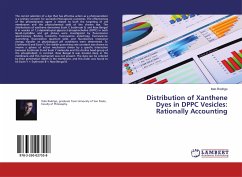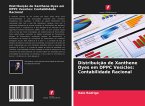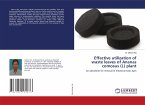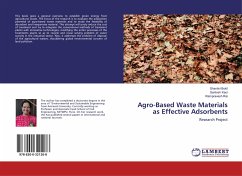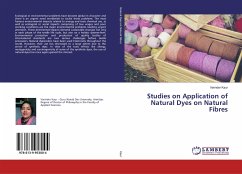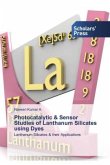The correct selection of a dye that has effective action as a photosensitizer is a primary concern for successful therapeutic outcomes. The effectiveness of the photodynamic agent is related to both the targeting of cell membranes and the photochemical yield of the chosen dye. The distributions of xanthene derivatives Eosin Y, Erythrosin B, and Rose Bengal B in vesicles of 1,2-dipalmitoyl-sn-glycero-3-phosphocholine (DPPC) in both liquid-crystalline and gel phases were investigated by fluorescence spectroscopy. Binding constants, fluorescence anisotropy, fluorescence quenching, fluorescence quantum yield, and fluorescence resonance energy transfer at physiological pH conditions were determined. To Erythrosin B and Eosin Y, the iodide quenching rate constant was shown to involve a sphere of action mechanism driven by a specific interaction between Erythrosin B and Eosin Y molecules and the choline head-group of the phospholipid; in contrast, Rose Bengal B was located deep in the membrane and this mechanism was not present. The dyes can be ordered by their penetration depth in the membrane, and this order was found to be Eosin Y Erythrosin B Rose Bengal B.
Bitte wählen Sie Ihr Anliegen aus.
Rechnungen
Retourenschein anfordern
Bestellstatus
Storno

